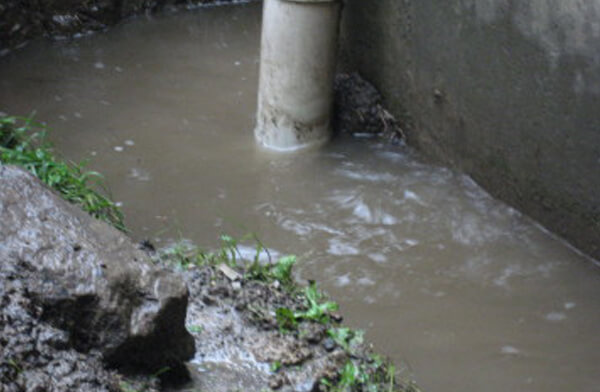How do you actually feel in regards to Leaking water lines?

Early discovery of leaking water lines can mitigate a possible catastrophe. Some tiny water leakages might not be noticeable.
1. Examine the Water Meter
Every house has a water meter. Inspecting it is a surefire way that aids you uncover leakages. For starters, switch off all the water resources. Make sure nobody will flush, make use of the tap, shower, run the washing equipment or dishwashing machine. From there, go to the meter and watch if it will certainly change. Given that nobody is utilizing it, there ought to be no movements. If it relocates, that suggests a fast-moving leakage. If you find no changes, wait a hr or 2 and inspect back again. This means you might have a slow-moving leak that could even be underground.
2. Examine Water Intake
If you detect unexpected adjustments, regardless of your consumption being the same, it means that you have leaks in your plumbing system. An abrupt spike in your costs shows a fast-moving leak.
On the other hand, a constant rise every month, despite the same practices, reveals you have a sluggish leak that's also slowly escalating. Call a plumber to extensively check your building, especially if you feel a warm location on your flooring with piping underneath.
3. Do a Food Coloring Examination
When it comes to water intake, 30% comes from toilets. If the color somehow infiltrates your bowl during that time without flushing, there's a leak between the storage tank as well as bowl.
4. Asses Outside Lines
Don't forget to check your outdoor water lines also. Examination faucets by connecting a garden pipe. Ought to water leak out of the connection, you have a loosened rubber gasket. Replace this and also ensure all connections are tight. If you've obtained an automatic sprinkler, it will help get it professionally examined as well as maintained every year. One small leak can throw away tons of water and spike your water expense.
5. Check and also Assess the Scenario
Homeowners ought to make it a practice to examine under the sink counters and also also inside closets for any type of bad odor or mold and mildew development. These 2 warnings suggest a leakage so timely focus is required. Doing routine inspections, also bi-annually, can save you from a significant issue.
Examine for stainings and also damaging as the majority of pipelines and home appliances have a life span. If you suspect leaking water lines in your plumbing system, do not wait for it to escalate.
Early discovery of leaking water lines can reduce a possible catastrophe. Some small water leakages may not be noticeable. Inspecting it is a proven way that assists you discover leakages. One tiny leakage can throw away heaps of water and spike your water bill.
If you think leaking water lines in your plumbing system, don't wait for it to rise.
How to Know If Your Home Has a Hidden Leak
Water Meter Reveals Inexplicable Water Usage
If you’d like to test whether or not there’s a leak somewhere in your home, you can do this using your water meter. Here is how to conduct the test:
Don’t use any water in your home for at least 30 minutes; this also means not turning on faucets or water-using appliances.
Go outside, and check your water meter for activity.
If your water meter shows that there was activity, even though no one was using any water, this proves that there is a leak in your home.Visible Mold or Mildew Growth
Leaks behind walls create moist, dark environments that allow mold and mildew to grow and thrive. Eventually, you might see mold growth forming on the wall closest to a hidden leak.
If mold is growing in an area that receives a high amount of moisture, such as a bathroom, it may simply be an indication that better ventilation is needed. However, if you see mold growth on a wall or the ceiling in an area where you would not expect, you probably have a hidden leak.
Musty, Mildew Odor
Sometimes you might not be able to see the mold or mildew that is growing as a result of a leak. However, the smell can give the problem away just as easily. If you catch a whiff of something musty, there’s a good chance that old water is collecting somewhere in your home that you can’t see.
Stained/Warped Walls, Ceilings, or Floors
When your home soaks up water, a variety of red flags can become visible, including ceiling stains, bubbling drywall, warped walls, and sagging floors. While these issues can be caused by excess humidity, they can also be signs that a pipe or plumbing connection has started leaking behind your walls.
Inexplicably High Water Bill
After a while, you get a general sense for what your water bill should be. If you own a pool or sprinkler system, your bill will tend to be higher during summer. However, if you receive a water bill that seems especially high, and you can’t figure out what caused it, then you may have a hidden leak somewhere that’s increasing your bill.
https://www.plumbingjoint.com/blog/2019/july/how-to-know-if-your-home-has-a-hidden-leak/

As a keen reader about Leaking water lines, I figured sharing that piece of content was a great idea. Are you aware of anybody else who is excited by the niche? Be sure promote it. I praise you for your time. Don't forget to check our website back soon.